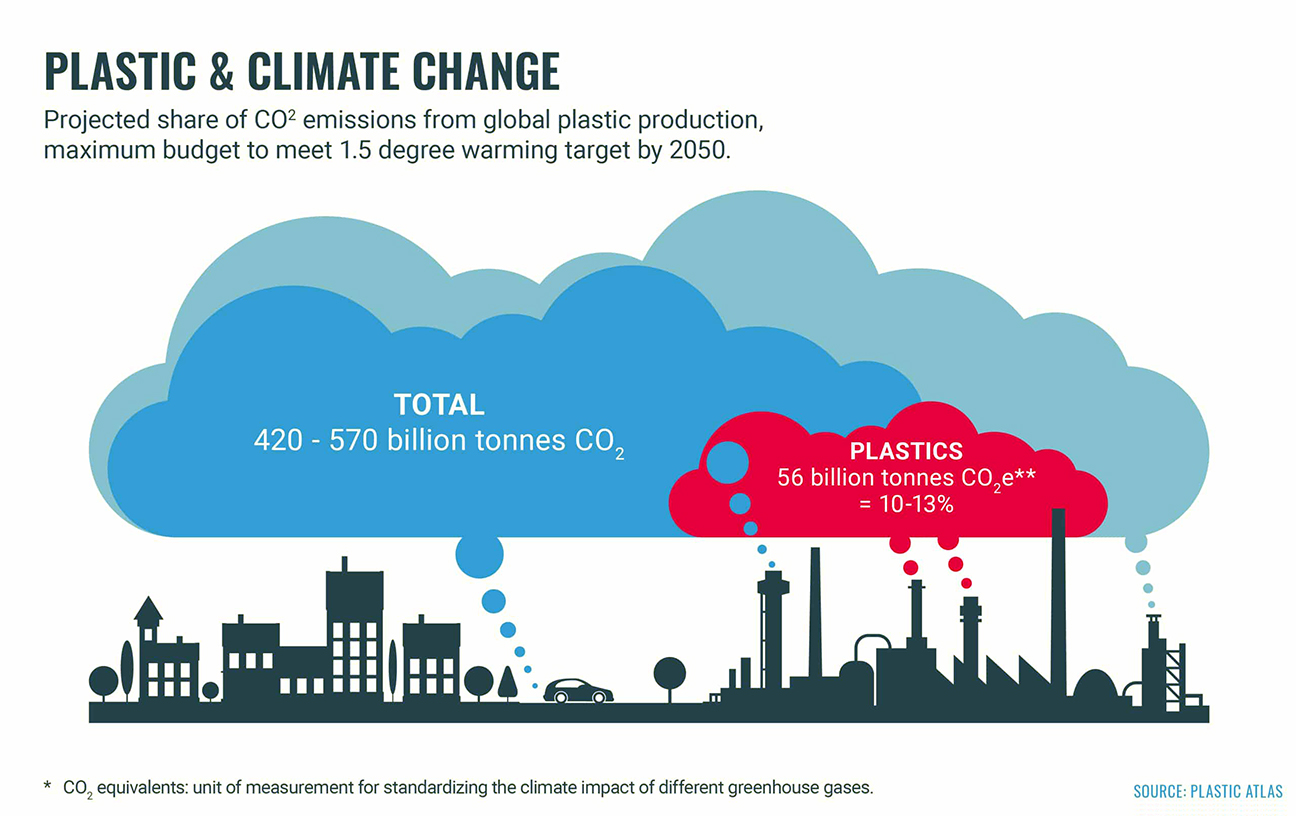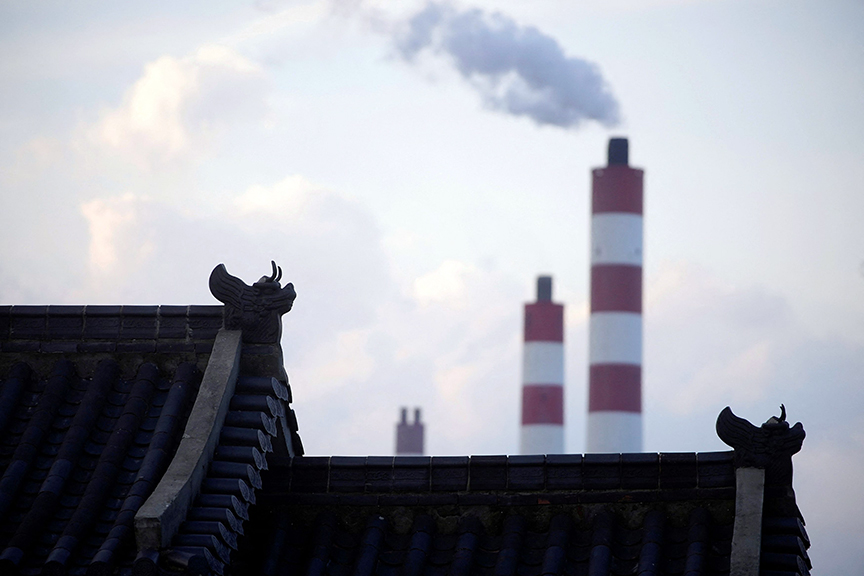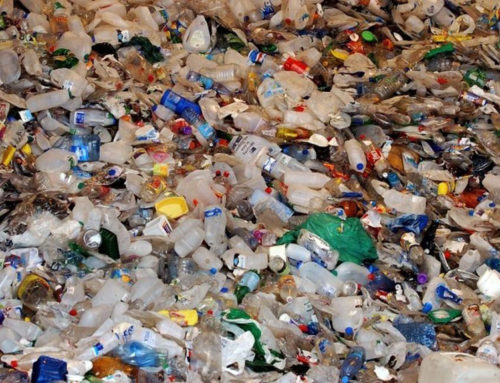In a surprising turn of events, China and the United States have set aside geopolitical and economic tensions to reach a landmark climate agreement. As the world’s top two emitters, this collaboration is seen as a crucial step toward achieving the ambitious goals set by the Paris climate agreement. The agreement, announced by Special Climate Envoy John Kerry and his Chinese counterpart Xie Zhenhua, outlines significant commitments from both nations to combat climate change.
The deal, coming just ahead of the United Nations climate talks in Dubai starting on November 30, is a beacon of hope for global efforts to keep temperature increases “well below” 2 degrees Celsius compared to pre-industrial levels. China, the largest climate polluter globally, has committed to reducing planet-warming emissions from its power sector within this decade, marking a historic shift. Additionally, China has, for the first time, pledged to curb all greenhouse gases, a significant move in the fight against climate change.
Despite the ongoing complexities in the China-U.S. relationship, the accord represents a willingness to prioritize climate action. Observers note that the concessions made by China in this agreement are particularly noteworthy given the broader geopolitical landscape. The collaboration is deemed essential, as both nations together contribute nearly two-fifths of the world’s planet-heating gases.
Former climate negotiator and Energy Department official David Sandalow emphasized the significance of this cooperative effort. “The world’s two largest emitters were able to overcome significant differences and work together in fighting climate change. That sends a clear signal to the rest of the world,” he stated.
The agreement sets the stage for more substantive dialogue between China and the U.S., including restarting workshops on energy policy, strategies, technologies, and broader climate actions. While the relationship remains “challenging,” according to Li Shuo of the Asia Society Policy Institute’s China Climate Hub, the joint statement is expected to “stabilize the politics” as the world gears up for COP28, the upcoming UN climate talks.

Despite this positive momentum, the U.N. climate change secretariat cautions that nations are still far from achieving their climate goals. Current climate plans under the Paris agreement suggest a 9 percent rise in emissions this decade. To address this gap, China’s commitment to include all non-carbon dioxide greenhouse gases in its climate action plan by 2035 is significant progress. Previously, China’s plan only addressed carbon dioxide, but the new commitment encompasses methane, nitrous oxide, and other non-CO2 gases.
The inclusion of non-CO2 gases is critical for mitigating climate change, given that China’s emissions of these gases alone rank as the world’s third-largest. Nathan Hultman, director of the University of Maryland’s Center for Global Sustainability, emphasized the importance of this move, stating, “That is, as we all know, critically important.”
The agreement also highlights China’s commitment to set minimum standards on hydrofluorocarbons, a heat-trapping gas used in appliances. This is particularly noteworthy as China is a major manufacturer of products utilizing this gas, and the move aligns with global efforts to combat climate change.
For the first time, China has also pledged to make “meaningful absolute power sector emission reduction,” indicating a departure from previous promises to peak carbon emissions this decade. The implication is a reduction in coal-fired power, a significant step as China increasingly embraces renewable energy.
In addition to these commitments, the U.S. and China have agreed to triple renewable energy capacity by 2030, following the goal set by the International Energy Agency, G20 countries, and the organizers of this year’s climate talks. The agreement emphasizes that this deployment will “accelerate the substitution for coal, oil, and gas generation.”
Furthermore, the nations have committed to advancing at least five collaborative carbon capture, utilization, and storage projects—a technology crucial for trapping emissions from fossil fuels. Additionally, a high-level subnational event on climate is slated for the first half of 2024.
While the initial response to the deal is cautiously positive, some experts note that the agreement lacks firm targets. David Waskow of the World Resources Institute stated that while the call to triple global renewable power is helpful, stronger declarations to phase out fossil fuels would have been preferable. As the world anticipates COP28, Li Shuo cautioned that there is still much work ahead, urging China to consider more ambitious measures, such as halting the approval of new coal power projects.
In conclusion, the China-U.S. climate deal represents a significant breakthrough in the global effort to combat climate change. While challenges persist, the collaboration between the two largest emitters sends a positive signal to the international community. As nations gather for the UN climate talks in Dubai, the world awaits further ambitious steps and concrete actions to address the pressing climate crisis.






